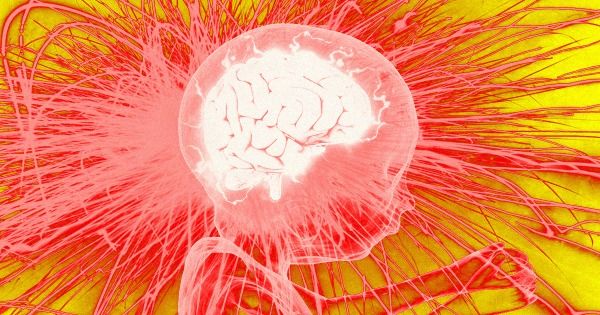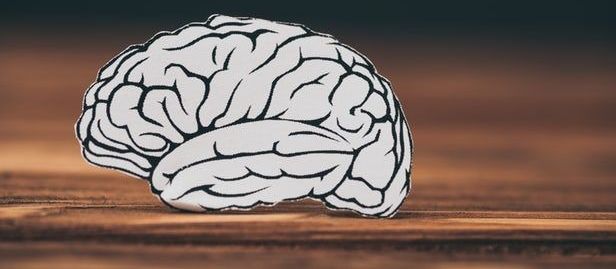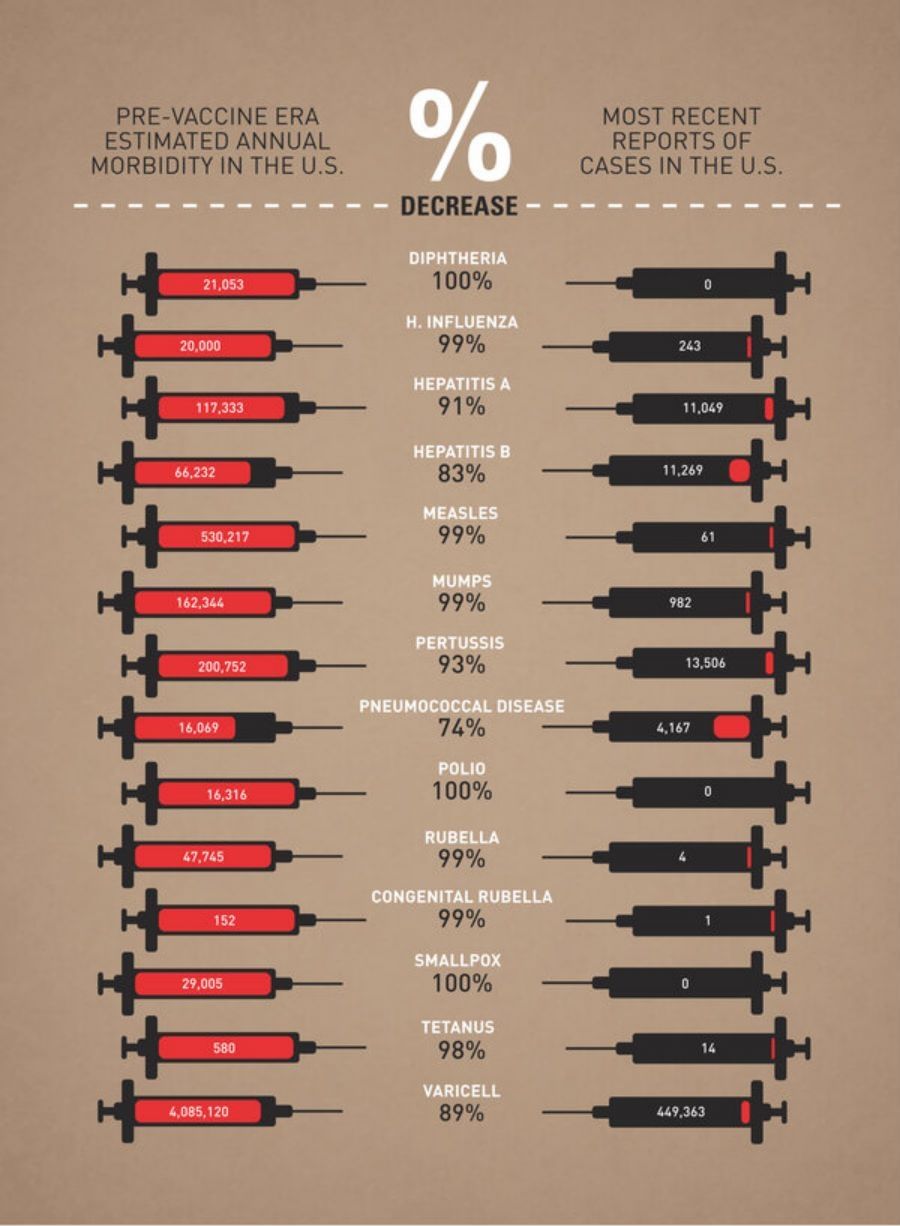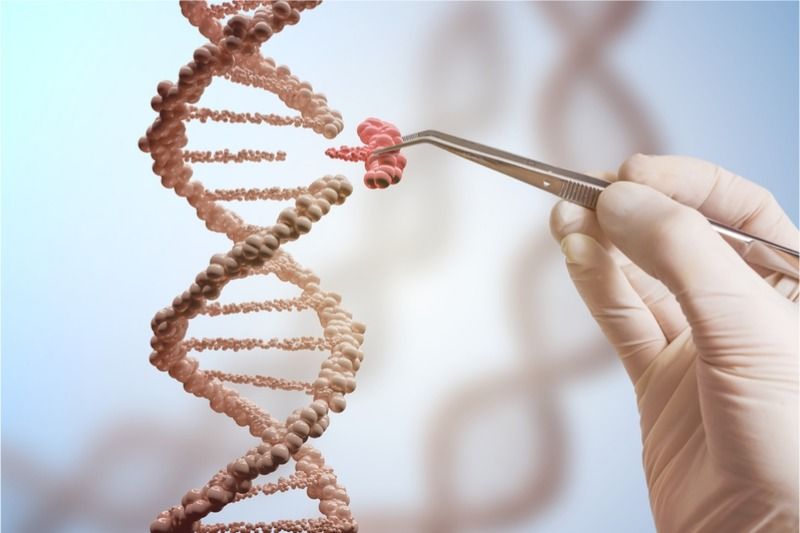He Jiankui did more than make the twins immune to HIV.




Researchers at Tel Aviv University say they have developed a new, noninvasive method of discovering genetic disorders that can let parents find out the health of their fetus as early as 11 weeks into pregnancy.
A simple blood test lets doctors diagnose genetic disorders in fetuses early in pregnancy by sequencing small amounts of DNA in the mother’s and the father’s blood. A computer algorithm developed by the researchers analyzes the results of the sequencing and then produces a “map” of the fetal genome, predicting mutations with 99 percent or better accuracy, depending on the mutation type, the researchers said in a study published Wednesday in Genome Research.
The algorithm is able to distinguish between the genetic material of the parents and that of the fetus, said Prof. Noam Shomron of Tel Aviv University’s Sackler School of Medicine led the research, in a phone interview with The Times of Israel.

Proton pump inhibitors (PPIs), which include well-known brand names Prilosec, Nexium and Prevacid, are among the most commonly prescribed medications in the world. Approximately 10 percent of adults in the United States take these drugs for frequent heartburn, acid reflux and gastroesophageal reflux disease. Given their prevalence, researchers at Skaggs School of Pharmacy and Pharmaceutical Sciences at University of California San Diego mined the FDA Adverse Effect Reporting System (FAERS) database for unexpected consequences of PPI consumption.
In the study, published February 19, 2019 by Scientific Reports, the team found that patients who took PPIs were more likely to experience kidney disease than people who took histamine-2 receptor antagonists, another form of antacid that treats the same conditions and includes the brands Pepcid and Zantac.
“Post-marketing data collected by the FDA and deposited in the FAERS database allows us to look for potential adverse effects beyond what was found in a clinical trial, which may not have lasted as long or included as much diversity as the FAERS does,” said senior author Ruben Abagyan, Ph.D., professor of pharmacy.

A new study published in the journal Molecular Psychiatry is suggesting high iron levels in the brain may fundamentally trigger the progressive neurodegeneration associated with dementia and Alzheimer’s disease. A clinical trial is now underway exploring whether Alzheimer’s-related cognitive decline can be slowed by lowering brain iron levels.


(CNN) — The risk of having a heart attack appears to be rising among young women, according to a new study, and researchers are trying to figure out why.
When analyzed across five-year intervals, the overall proportion of heart attack-related hospital admissions in the United States attributable to young patients, ages 35 to 54, steadily climbed from 27% in 1995–99 to 32% in 2010–14, with the largest increase observed in young women, according to the study, published recently in the journal Circulation.
During those periods, there was a rise in these admissions from 21% to 31% among young women, compared with 30% to 33% among young men, the study showed.


Researchers at the Salk Institute have moved a step closer to a possible therapy for Hutchinson-Gilford progeria syndrome, a rare genetic disorder that is often described as accelerated aging, as people with it appear to age far faster than normal. Using a new CRISPR/Cas9 gene therapy in a mouse model, they were able to slow down the pace of the condition, improve health, and increase lifespan.
What is Hutchinson-Gilford progeria?
Progeria is a degenerative disorder caused by a mutation in the LMNA gene. This disease has an early onset and progresses rapidly, and animals and humans with progeria show symptoms that are similar to regular aging, only on a much-accelerated timescale, giving them drastically shorter lifespans than normal. Humans with this condition rarely live very long, with the average being only 13 years old.

“Paul and Laura have made huge contributions to the biomedical gerontology field in recent years. Their work focuses on the characterisation and alleviation of the aspects of aging that are driven by DNA damage. At UA2019, their talks will describe their recent advances in the mechanistic understanding of DNA damage, aided by spectacularly good mouse models, and also their identification of natural products with potent senolytic activity”, says Aubrey de Grey.
undoing-aging.org/…/dr-laura-niedernhofer-and-dr-paul-robbi…